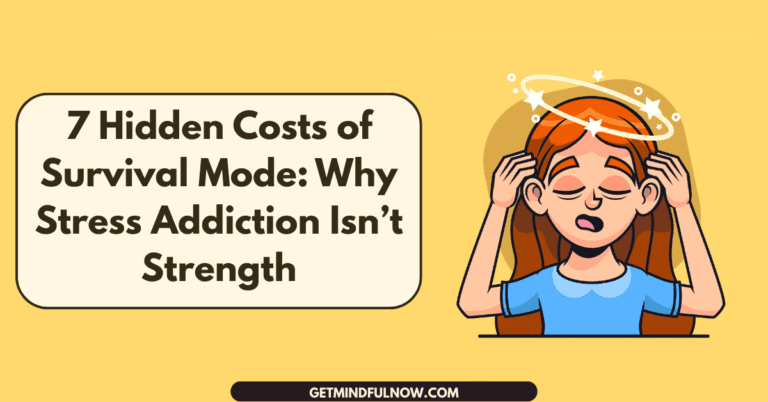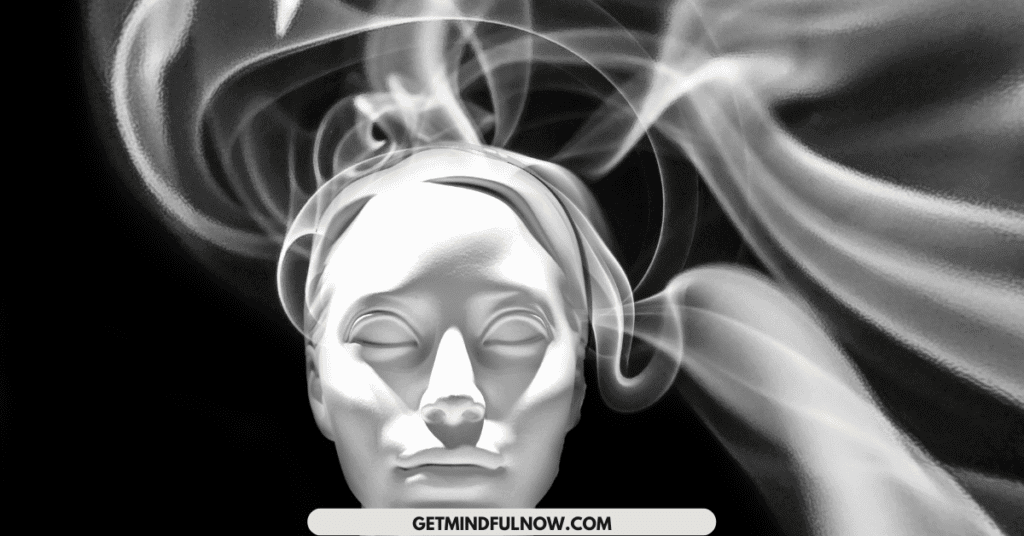I used to wear stress like a badge of honor. Maybe you’ve done it too. You know that twisted sense of pride when you brag about pulling all-nighters, grinding through work even while sick, or juggling a million responsibilities without dropping a ball? For me it went back to childhood, being parentified early on, I got used to hustling while everyone else rested, and I felt proud of it. Society claps for that. Bosses reward it. Families expect it. But let’s be real, now you and I both know that kind of survival mode isn’t strength. It’s slow self-destruction dressed up as resilience.
Why stress feels so addictive
Here’s the kicker: stress literally gives you a high. When you’re rushing against deadlines or stuck in drama, your body floods with adrenaline and cortisol. For a short burst, those chemicals make you feel sharp, alert, unstoppable. That’s why some people say, “I work best under pressure.” What they really mean is, “I’m addicted to my own stress hormones.”
It’s not much different from chasing caffeine hits or scrolling for dopamine. The body learns to crave that chemical cocktail. Your nervous system starts looking for chaos to stay in familiar territory. If life calms down, you almost feel restless, like something’s missing. That’s not strength, it’s dependency.
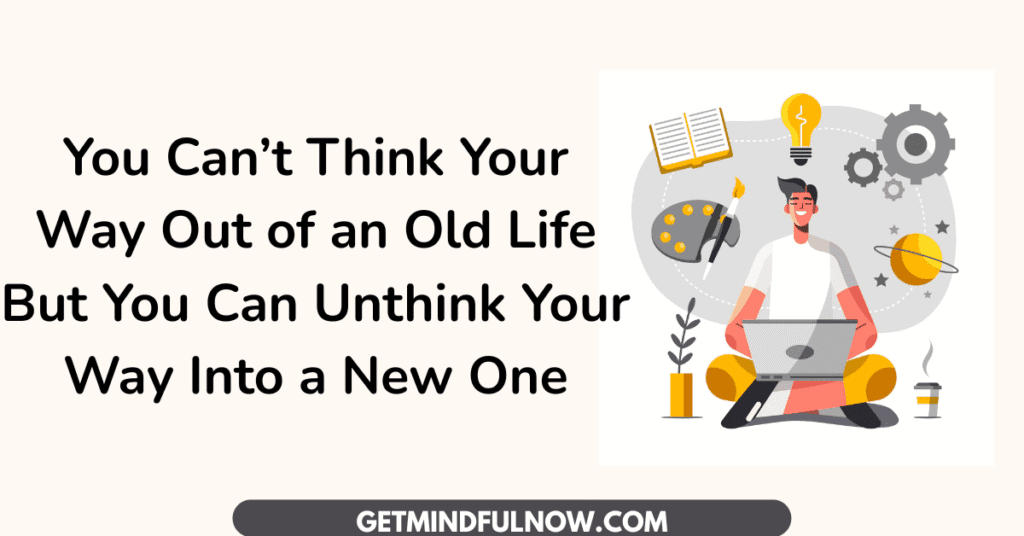
The comfort of familiar suffering
This part stings: a lot of us secretly find comfort in our suffering. If your identity has been built around “I’m the strong one who pushes through,” then peace feels foreign. You might unconsciously sabotage calm moments just to get back to the stress you know. It’s like staying in a toxic relationship because, well, at least it’s familiar. Your nervous system knows the script: fight, push, grind, collapse, repeat.
I’ve lived there. It feels like being strapped into a bad life you can’t escape. it’s like you’re tied to a chair in a room full of chaos, and even if someone unlocks the door, you don’t run. That identity, high-functioning but miserable, feels safer than the unknown of actual freedom.
Temporary stress vs. chronic stress
Don’t get me wrong, stress has a purpose. In the wild, a burst of cortisol helps you outrun a predator, as it did for our ancestors. In modern life, it can get you through a tough exam or a scary presentation. But that system was never meant to be left on all the time. Chronic stress is like keeping your foot slammed on the gas pedal while the car is in park, you burn fuel, destroy the engine, and go nowhere.
And here’s the hidden cost: when stress is constant, the very brain regions you need for creativity, empathy, and problem-solving shut down. Research shows prolonged cortisol exposure shrinks the hippocampus (your memory center) and weakens the prefrontal cortex (your decision-making powerhouse). So while you look like you’re holding it together on the outside, inside your brain is running on fumes.
When resilience is just burnout in disguise
We glorify the woman who keeps working after a miscarriage, the man who never takes a break even when his health is tanking, the student who brags about living on four hours of sleep. We call them resilient. But resilience without recovery is just burnout in slow motion. The body keeps score, and eventually it calls the debt due, through disease, depression, or sheer exhaustion. And sometimes that debt shows up as a sudden diagnosis in your mid-thirties, like diabetes, blood pressure, migraines or other medical issues you never saw coming.
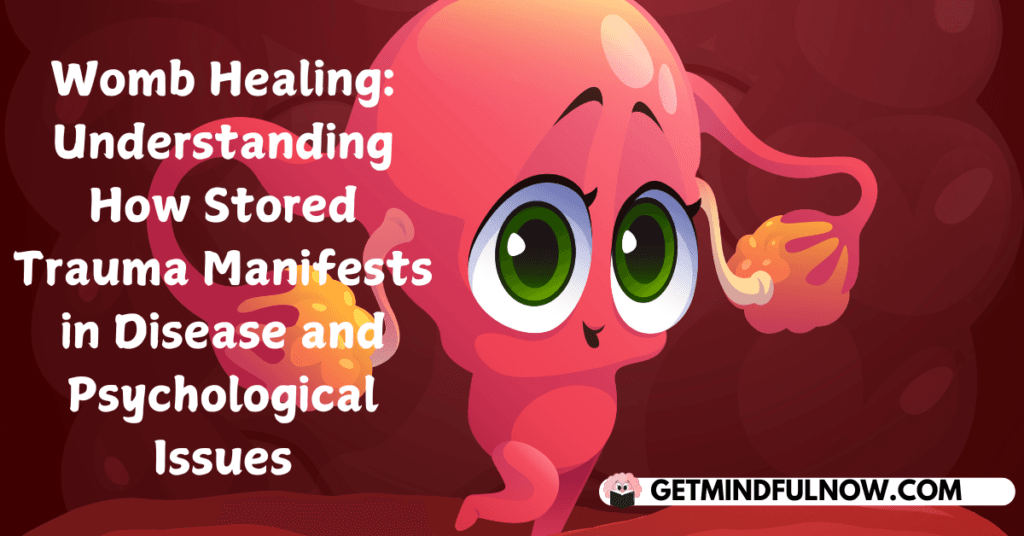
You did your best, you gave everything, and still it feels like fate sucker-punched you, so you slip even deeper into victimhood, wondering how strength turned into punishment.
That’s the cruel part: from the outside, people admire your strength, but from the inside, you feel hollow. It’s like applauding a building for still standing after an earthquake while ignoring the cracks in the foundation.
The personal toll you know too well
Think about the last time you snapped at someone you love for no reason. Or when you forgot something simple, like where you put your keys, even though your brain used to be razor-sharp. Or when you felt numb to joy, unable to be present because your mind was running a mile a minute. That’s not just “being busy”, that’s your nervous system drowning in survival mode.
I’ve been there too. I’ve smiled on the outside while my insides were collapsing. I’ve convinced myself I could push through just one more week, one more project, one more crisis. But stress has no finish line. Unless you break the cycle, it just keeps moving the goalpost until your body forces you to stop. For me, that breaking point showed up as multiple diseases with no apparent cause, and an inner death so heavy that my depression almost took my life for the third time. That was the moment I finally stopped. That’s when I found Dr. Joe’s work, and the rest is history.
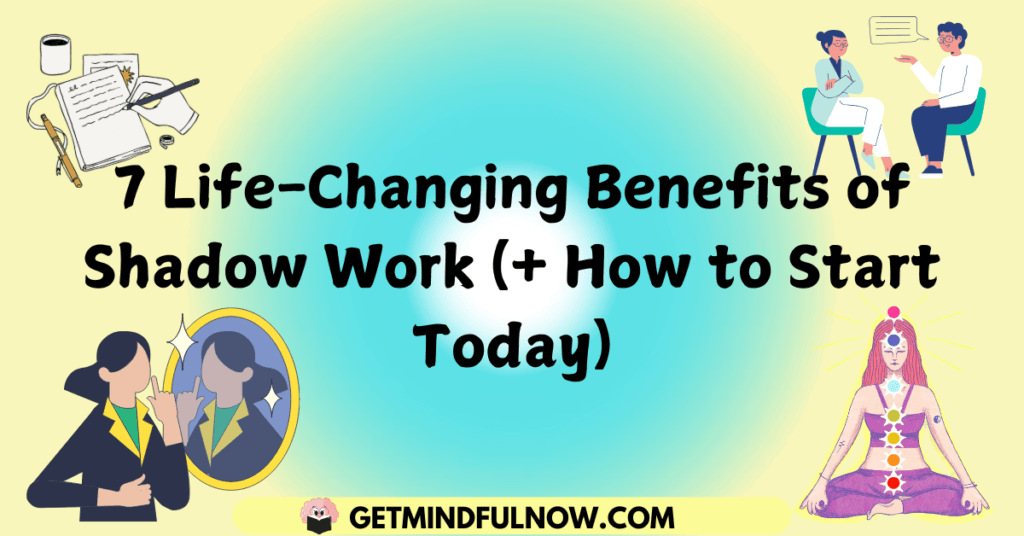
So what’s the way out?
This is where science gives us hope. You don’t have to stay wired for stress. Neuroplasticity means your brain can literally rewire itself. When you drop into slower brainwave states, like theta, the dreamy state between waking and sleep, you can bypass the analytical mind and access the subconscious programs that keep you stuck.
It usually unfolds in steps:
- First comes awareness, noticing the stress identity running your life.
- Then a new intention, a clear choice to change.
- Next is learning what the ideal self would look like.
- Then practicing how that self would think, feel, and behave.
- Finally, meditating on that vision so the brain and body start rehearsing it into reality.
That’s why meditation is more than “relaxing.” It’s self-directed hypnosis. In those deep states, you can unwire the neural loops addicted to stress and rewire new ones built on calm, creativity, and connection. You stop rehearsing the old identity and start embodying a new one.
And before you roll your eyes at meditation, this isn’t just woo-woo. Research in psychoneuroimmunology shows that regular meditation lowers cortisol, improves immune function, and strengthens the prefrontal cortex (opposite to what stress damages). Neuroimaging studies also show that meditation literally increases blood flow to the frontal lobes, which are responsible for decision-making, focus, and creativity. One study showed eight weeks of daily practice increased gray matter density in areas tied to learning and emotional regulation. That’s resilience, the real kind, the kind that heals instead of breaks.
Choosing strength over survival
The hardest part is letting go of the old story: “I’m only valuable when I’m hustling.” True strength isn’t pushing through until you collapse. It’s daring to reprogram your nervous system so that peace becomes your baseline. It’s choosing to show up with presence, creativity, and empathy instead of running on adrenaline.
I know this isn’t easy. Letting go of stress feels like giving up control, and control feels like safety. But the control you think you have is an illusion, it’s just your body running the same chemical script. Real safety comes when you teach your body a new way to live.
Final thoughts
If you’ve been clinging to survival mode, I want you to hear this: you are not weak for feeling exhausted. You are not broken for wanting peace. And you are not stuck with this identity forever. The very biology that wired you into stress can be rewired into freedom. Your brain is waiting for you to give it new instructions.
So the next time you find yourself bragging about how much you can handle, pause. Ask yourself if that badge of honor is worth the cost. Then remember: the real badge of honor is reclaiming your nervous system and choosing a life where thriving replaces surviving.
If this hit you in the gut, that’s because I’ve been there too. And if you’re ready to break free from the stress identity and start rewiring your brain for peace and power, I’d love to help you personally. You can book a one-on-one session with me through my homepage. And if you want more raw conversations like this, subscribe to my newsletter and follow me on Threads. Let’s keep evolving together.

